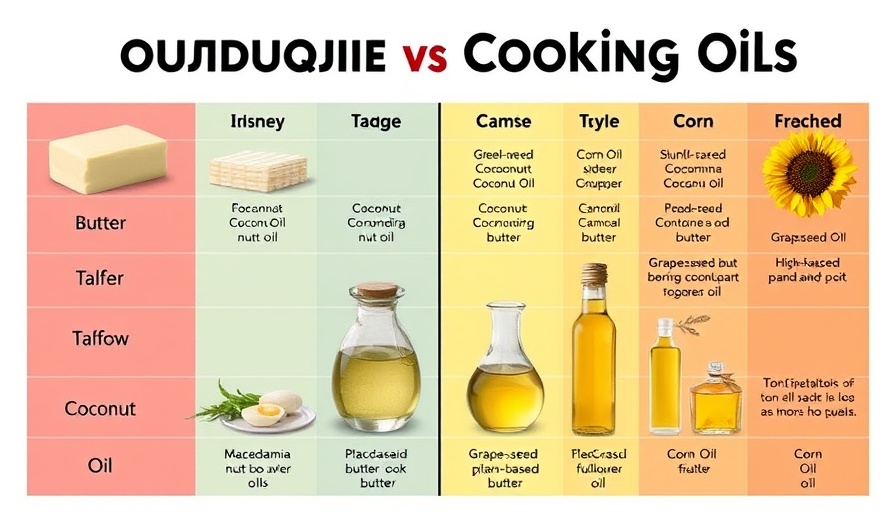
Understanding Acetaminophen: A Women's Health Perspective
Have you ever wondered how a simple over-the-counter medication can work wonders for pain relief? In this article, we dive into the world of acetaminophen and how it plays a crucial role, especially in the context of women’s health. Acetaminophen, also referred to as paracetamol in many countries, is a popular choice for managing discomfort and reducing fever, without the worry associated with opioids.
In How Does Acetaminophen Work For Pain? - Women's Health and Harmony, the discussion dives into the mechanisms behind acetaminophen, prompting a closer look at its importance in women’s health.
How Does Acetaminophen Work?
Acetaminophen is classified as a non-opioid analgesic and antipyretic, meaning it alleviates pain and lowers body temperature without utilizing opioids. But how exactly does it alleviate pain in our bodies? The main action of acetaminophen occurs in the central nervous system, where it inhibits the production of chemicals known as prostaglandins. Prostaglandins are crucial players in the pain and fever response, promoting these sensations in the body. By reducing their production, acetaminophen effectively alleviates pain signals sent to the brain.
Comparison with Other Pain Relievers
It’s important to understand how acetaminophen compares with other pain relievers. Unlike non-steroidal anti-inflammatory drugs (NSAIDs) like ibuprofen, acetaminophen doesn't exhibit significant anti-inflammatory effects on peripheral tissues. However, it operates using a similar mechanism by inhibiting prostaglandin production. This shared pathway highlights how acetaminophen can serve as a reliable option for those who seek pain management but want to avoid the side effects associated with NSAIDs.
The Role of Acetaminophen's Metabolites
An interesting aspect of acetaminophen is its metabolite, AM404. This compound contributes to the pain-relieving properties of acetaminophen by activating the body’s natural pain-relief systems. Through the modulation of substances like anandamide and 2-arachidonoylglycerol, AM404 can influence pain transmission in the brain and spinal cord. This not only enhances the effectiveness of acetaminophen but also showcases how the human body works intricately to manage discomfort.
Acetaminophen and Women's Health
When it comes to women’s health, acetaminophen is often the go-to option for managing menstrual cramps, headaches, and other types of acute pain. Its safety profile makes it a suitable choice for short-term use, and many women appreciate its effectiveness without the side effects commonly associated with stronger pain medications. However, it is essential to always adhere to the recommended dosage and to consult a healthcare provider when pain lingers or worsens.
Practical Tips for Pain Management
Managing pain effectively can also involve lifestyle choices and home remedies. Here are a few tips for women looking to enhance their pain management strategies:
- Stay Hydrated: Pain can often be exacerbated by dehydration. Ensure you drink plenty of water throughout the day.
- Incorporate Gentle Movement: Light exercises, like walking or yoga, can relieve some pain and stiffness.
- Consider Holistic Practices: Techniques such as meditation, acupuncture, or herbal remedies may provide additional relief.
Conclusion
The next time you reach for acetaminophen, consider how it works to help ease your discomfort. This simple yet effective option plays a significant role in managing pain in daily life, especially for women navigating various phases of wellness. Remember to always consult with healthcare professionals whenever you have questions about your pain management strategy. Explore your options, and empower yourself to take control of your health journey!
 Add Row
Add Row  Add
Add 




Write A Comment